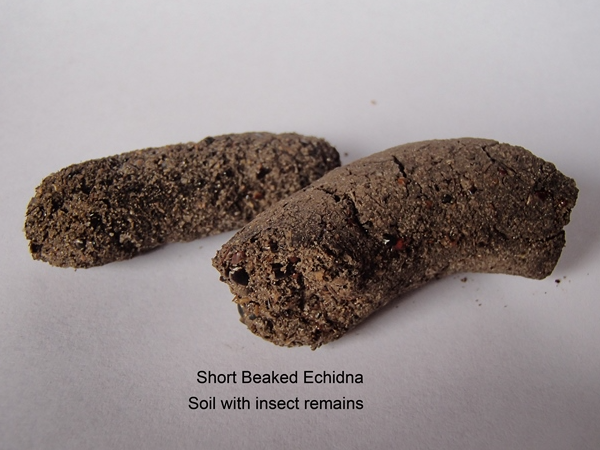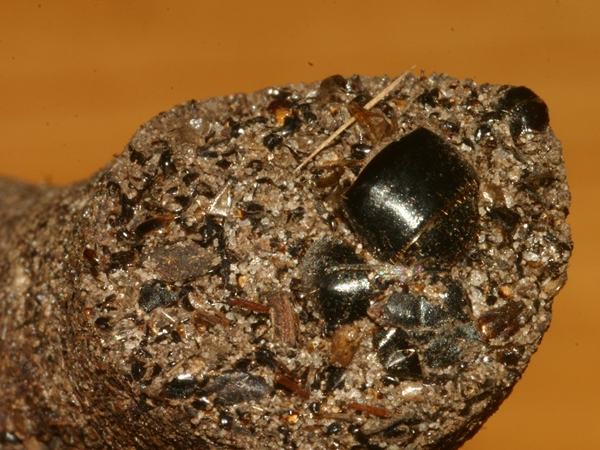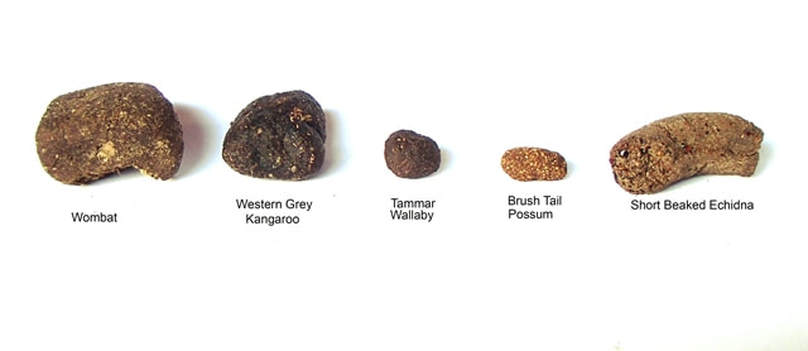What do I do if I find an echidna scat? Open the app, go to the ‘submit’ page and select ‘collect specimen’. Your camera will pop up so you can take a photo of the scat first. We need this photo so we can get its GPS location to match the sample. A new page will appear asking you to get an envelope or bag and to write the date, time and your name on it. This is so we can identify which submission it belongs to once we receive it. The next page will instruct you to place the scat in the envelope/bag, trying not to touch it. We then give you information on how to send us your collection. What do I do if I find a dead echidna? As molecular biologists, the tissue from deceased echidnas is very useful for our research. If you happen to come across one that appears fresh, please contact us. If you can collect the echidna safely (be careful if on a road) it is best to place it in a fridge or cool place if possible, please do not freeze the echidna. If in South Australia we can then organise drop off/collection of the animal. If interstate please contact us for more details. How do I identify an echidna scat? Echidna scats (ie their poo) are quite distinguishable. Their long and thick shape, as well as their dry texture, make them unique from the small, pellet-like scats of other animals. You also should be able to spot lots of ants in echidna scats (shown in image below) as this is what they eat. Take a look at the figures below that show you what an echidna scat looks like and how they compare to other native animals. If you want a handy scat identification guide for on-the-go use, feel free to download ours here:
| ||||||||||
For more information regarding the EchidnaCSI Project please email us:
[email protected]
Or find us on facebook:
www.facebook.com/EchidnaCSI
[email protected]
Or find us on facebook:
www.facebook.com/EchidnaCSI





